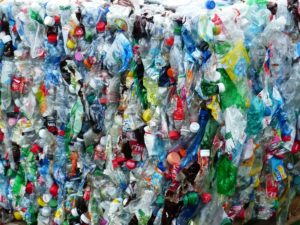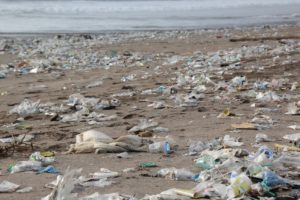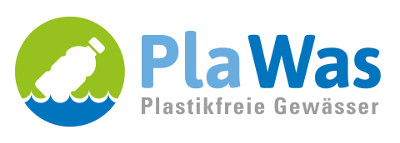
At the latest since scientist have proved that our non-sustainable use have made plastics reach and pollute the most remote corners of our oceans like for example Antarctica and that plastics does not only harm animals, but through the food chain, eventually strikes back to human beings, society is alarmed. Countermeasures have to be taken as soon as possible. It is mandatory to avoid a further contamination of all waters.
The global production of plastics amounted to 299 million tons in 2013, of which 57 millions were produced in Europe. At least 270,000 tons are swimming on the oceans as large plastic islands. The Great Pacific Garbage Patch, which was discovered in 1997, has a size of Germany and France put together and contains an estimated 1 million plastic parts per square kilometer. A part of the plastic garbage disaggregates into durable microplastic due to the exposure to UV radiation, salt water and wave impact. The state of knowledge on the origin, the spatial distribution of microplastic in marine systems and the toxicological effects on marine organisms and human health is imcomplete.
Based on current information, both high seas waters and inland waters such as rivers and lakes are affected by the contamination. The physical presence of the plastic particles in the environment and their possible bioaccumulation in different aquatic organisms are not considered the only potentially problematic aspects. It is also their tendency to adsorp and desorp organic pollutants on their surface – and hence a potential bioaccumulation of pollutants in the food chain – that causes increasing worries.

Plastics enter rivers, lakes and the sea through industrial and private wastewater, sludge spreading on fields, deflation from landfill as well as improper disposal. This does not only concern “everyday plastic” like packaging, bags or bottles. Microscopic micro and nano particles from personal care products (e.g. peelings or tooth pastes), fibres from textiles as well as tyre abrasion get into the environment as well. Moreover, the shipping industry is source of lost cargo and equipment (e.g. fishing nets) and deliberate ocean dumping of ship waste.
The consequences of the plastic pollution for animals and humans are of both physical and chemical nature. In particular, swallowing plastic particles during ingestion makes animals feel satiated without supply of nutrients and eventually leads to death. Even if the animal is able to excrete the plastic particles, it ingests organic pollutants, which have accumulated on the particle surface during its stay in water. These pollutants enter the food chain, with mostly unknown consequences for human health, too. They are associated with human diseases like diabetes, obesity, endocrine disruption and cancer. The contamination happens through breathing, skin contact and food ingestion. According to the latest findings of the Joint Group of Experts on the Scientific Aspects of Marine Environment Protection (GESAMP), microplastic particles even intrude human and animal cells and cause harm of yet unknown extend.
